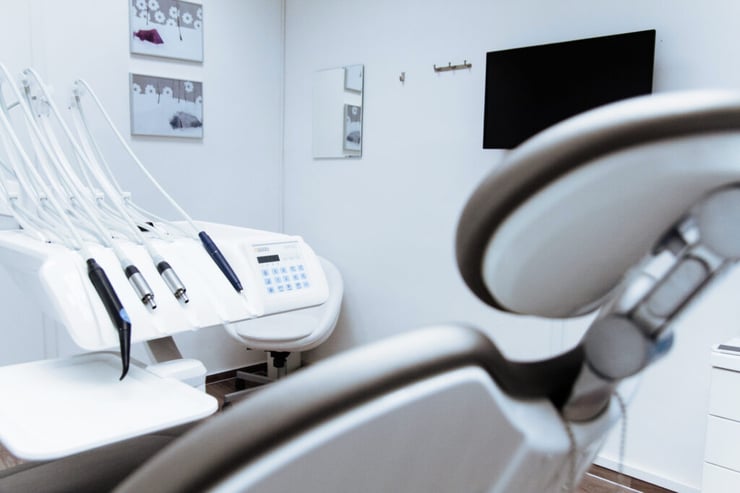How to Navigate a Healthcare Practice Acquisition
You’ve spent months, if not years, researching, negotiating for, and ultimately purchasing the right healthcare practice to bolster your own. Now you’ve finally arrived at the moment of merging, uniting your staff, navigating the use of your combined office space, synchronizing patient lists, and more.
Needless to say, this is the moment of truth for any practice acquisition, with plenty of opportunity for growth but also plenty of opportunity for things to go wrong.
There are a few best practices that can help you navigate the acquisition of a new practice, without compromising the success of your existing one. Here are the guidelines we’d recommend.
Best Practices for Navigating a Practice Acquisition
1) Take a collaborative approach to culture-building.
One of the most perilous aspects of merging two practices is bringing their distinct cultures into harmony with one another. No doubt you’ve done some research on the front end, ensuring relative compatibility between the two practices, but the rubber really meets the road when you unite the two leadership teams to discuss an updated brand identity. It’s critical to get decision-makers from both practices at the table, working together on an updated statement of mission and core values. This is how you ensure that everyone has a sense of buy-in, and that the new culture feels like a team effort and not a takeover.
2) Have clear leadership in place.
To make any acquisition work, you’ll need to have a designated leader, someone who takes charge of communication and synthesis between the two practices. Without someone in this leadership position, you’ll find that the two practices quickly devolve back into siloed, individual entities rather than one big happy family.
3) Maintain open lines of communication.
It’s imperative to communicate with your newly acquired staff throughout the acquisition process. Be open with them from the very beginning about your intentions and vision for the acquisition. Create an online folder where you can keep marketing collateral and other key documents from both practices and use anonymous polls and surveys to collect feedback on the direction of the newly-merged practice. And don’t forget to communicate with your original staff, too, providing plenty of clarity about what they can expect from the merger.
4) Provide formal training.
This may seem like a simple step, yet it’s surprisingly easy to overlook: When you bring a new team into the fold, you’ll want to spend some time providing formal training about technology, systems, processes, and anything else that’s important for the smooth operation of the practice. Doing so is an important way to help personnel feel empowered, like you’re investing in their success.
5) Be careful with cost-cutting.
When a practice comes under new management, there is always a lot of concern about cost-cutting measures, particularly the possibility of layoffs. There may be times when it becomes necessary to eliminate redundancies between your two teams, but always tread very lightly when it comes to this sort of cost-cutting. Remember that you’re affecting not just the bottom line but also morale and general productivity; and that there are often cost-cutting measures, such as introducing economies of scale, that are far less onerous.
Be Strategic in Navigating Your Acquisition
The bottom line is that navigating a practice acquisition is always complicated, and you’ll have to learn some things through trial and error. With that said, having the right team of advisors can position you for a relatively stable, successful transition.
That’s where we come in. At LenDRgroup Consulting, we have a proven track record helping doctors, dentists, and veterinarians make smart business decisions that ultimately benefit their teams as well as their patients. We’d love to answer any questions you may have about handling the acquisition of a new practice. Reach out to us to schedule a consultation.



